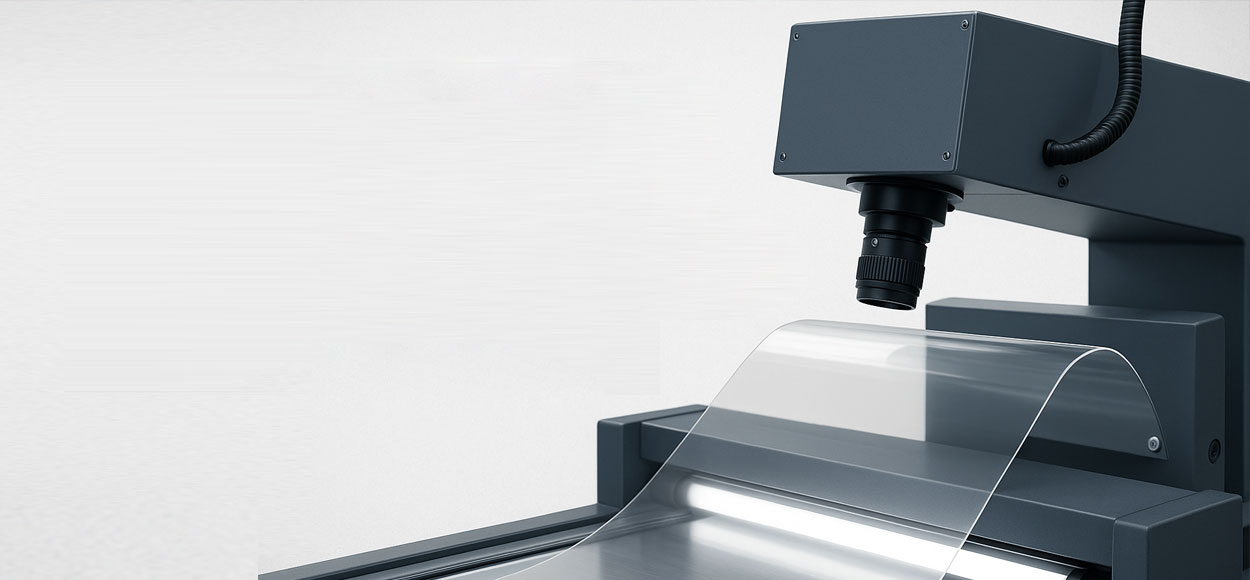Transparent Plastic Sheet & Film Inspection Automation
Book a call
Compatible with all major plastic types
Why transparent sheets/films are hard—and how we solve it
Defects disappear without the correct light path/background.
Gels, fish-eyes, inclusions, and pinholes often blend into the scene.
Reflections and vibration cause false alarms and blur.
Brightness/strain patterns mimic defects.
Add haze, streaks, and interface bubbles.
Collimated/telecentric backlight for pinholes, diffuse transmission for thickness mapping.
Low-angle dark-field for scratches, coaxial/dome with polarization to suppress glare.
For stress/birefringence visualization on PC/PMMA.
Encoder sync, anti-flutter rollers, vibration-tolerant exposures.
With thickness-aware background models and streak/periodicity filters to minimize false positives.
System Architecture
Global uniformity & inclusions; thickness proxy map
Pinholes, edge/tear detection, silhouette metrology
Sleeks, micro-scratches, die lines
Coaxial/dome with polarization for AR/HC/adhesive coats
Pinholes
≥10–20 µm
Gels/specs
≥20–50 µm
Scratches
<10 µm
Up to 80 m/min per lane (higher possible with reduced FOV and optimized optics)
Width/edge stability & silhouette features; thickness uniformity as relative index
Defects We Detect
Each roll/coil or cut sheet receives a comprehensive quality certificate with complete traceability.
Roll ID
PET-23-4872
Thickness
0.125mm ±5%
Length
1,842m
Defects/m²
0.8
Pinholes
2
Gels
3
Scratches
0
Typical Lines & Applications
PC, PMMA, PET, PVC sheets
PET, PA, PP/PE, multilayer barrier
Hard-coat, AR/AG, adhesive (PSA), release liners
Displays, glazing, solar, packaging
Technical Specifications
Yes. Diffuse transmission creates calibrated intensity maps; AI models subtract expected thickness gradients to highlight true inclusions and gels.
Encoder‑synchronized exposure, short strobe pulses, anti‑flutter rollers, and vibration‑tolerant processing maintain sharpness.
Yes. The web map includes lane coordinates so slitters/rewinders can avoid defect bands or trigger auto‑markers.
Coaxial/dome with polarization elevates coating pinholes, haze, and streaks; we can also monitor uniformity trends.
We provide relative haze/clarity indices inline; for absolute conformance (e.g., ASTM methods), we can integrate with off‑line instruments and link results to the DQC.
©2025 Intelgic Inc. All Rights Reserved.